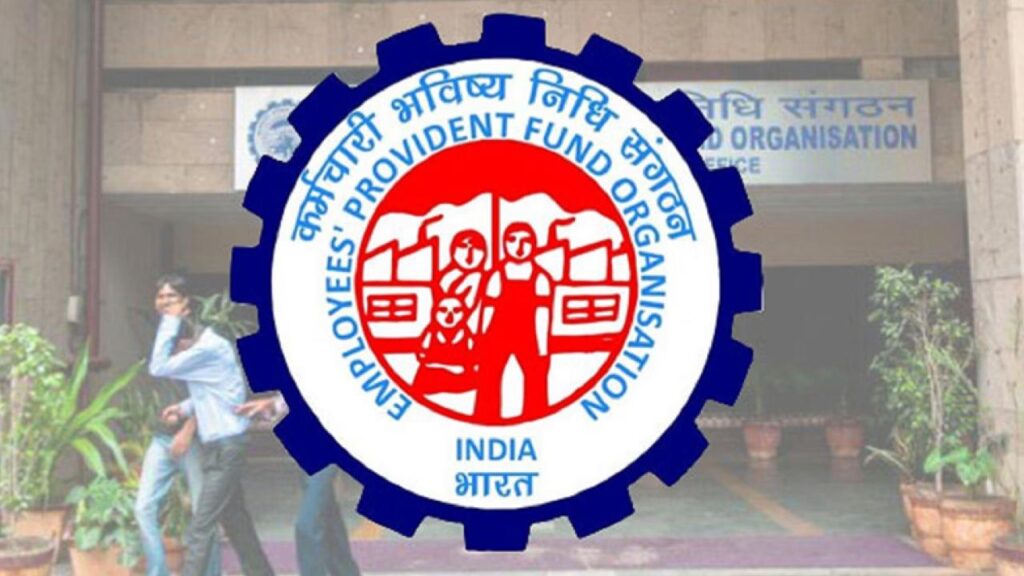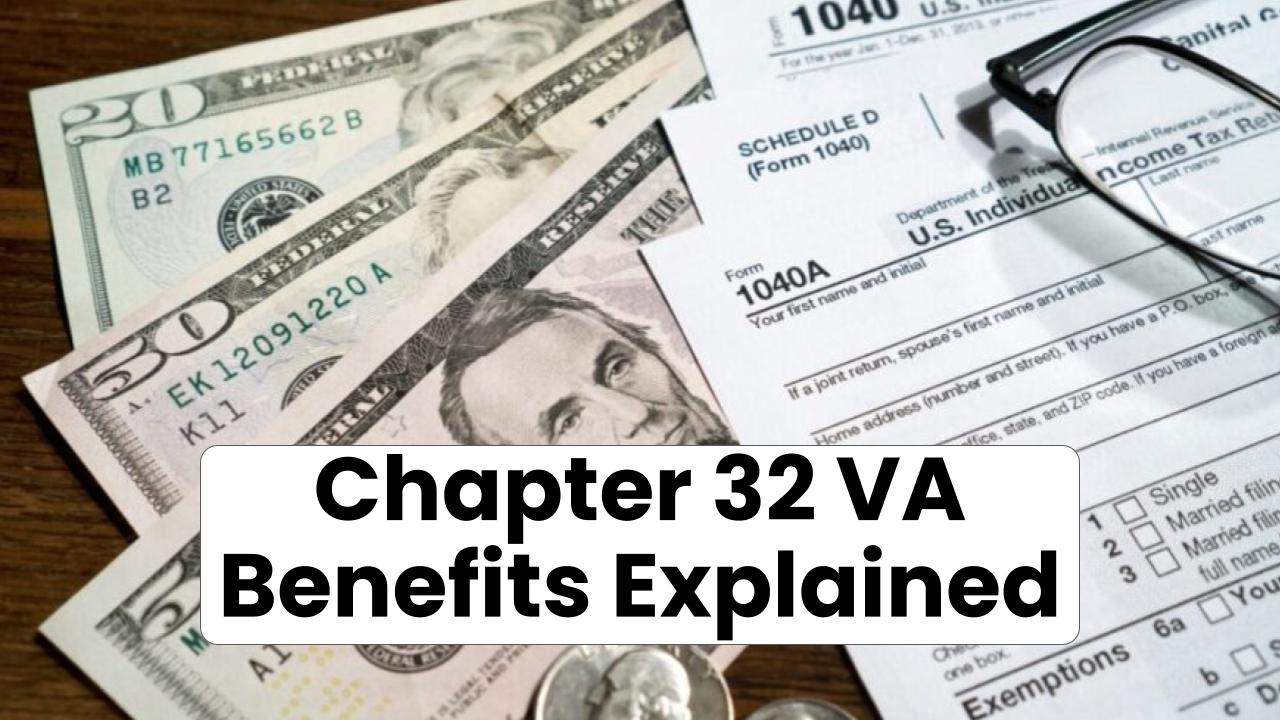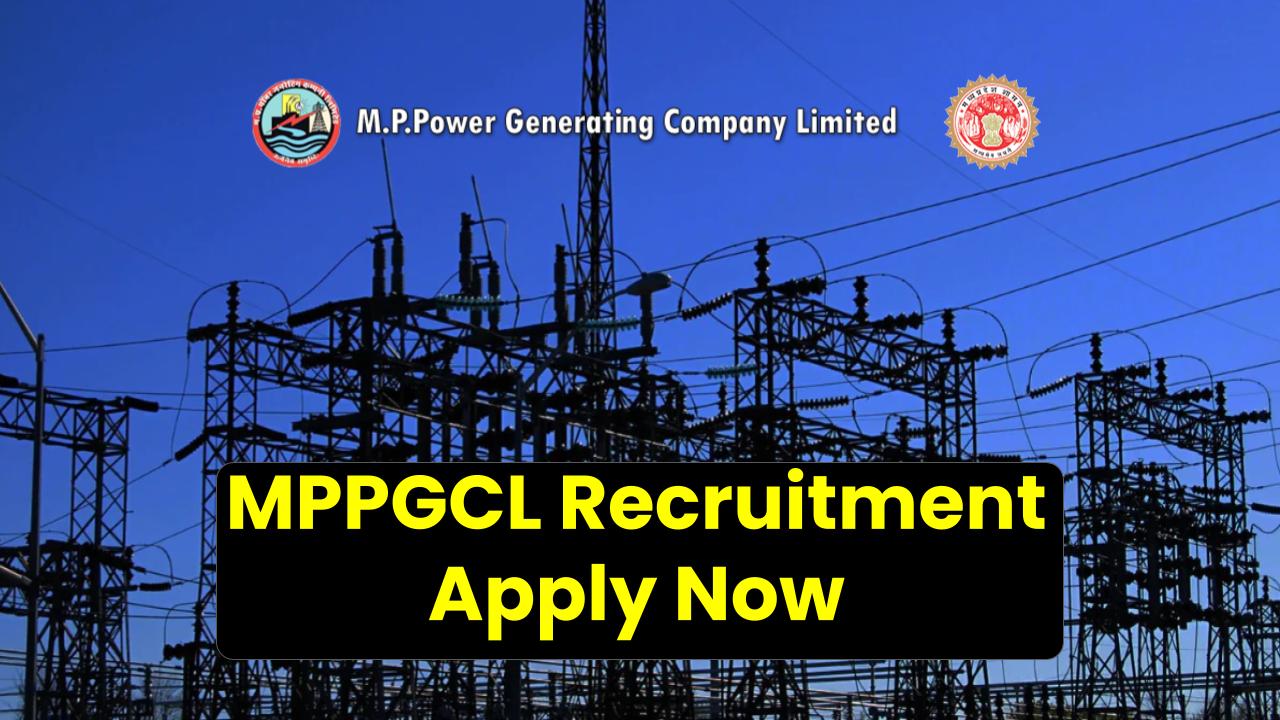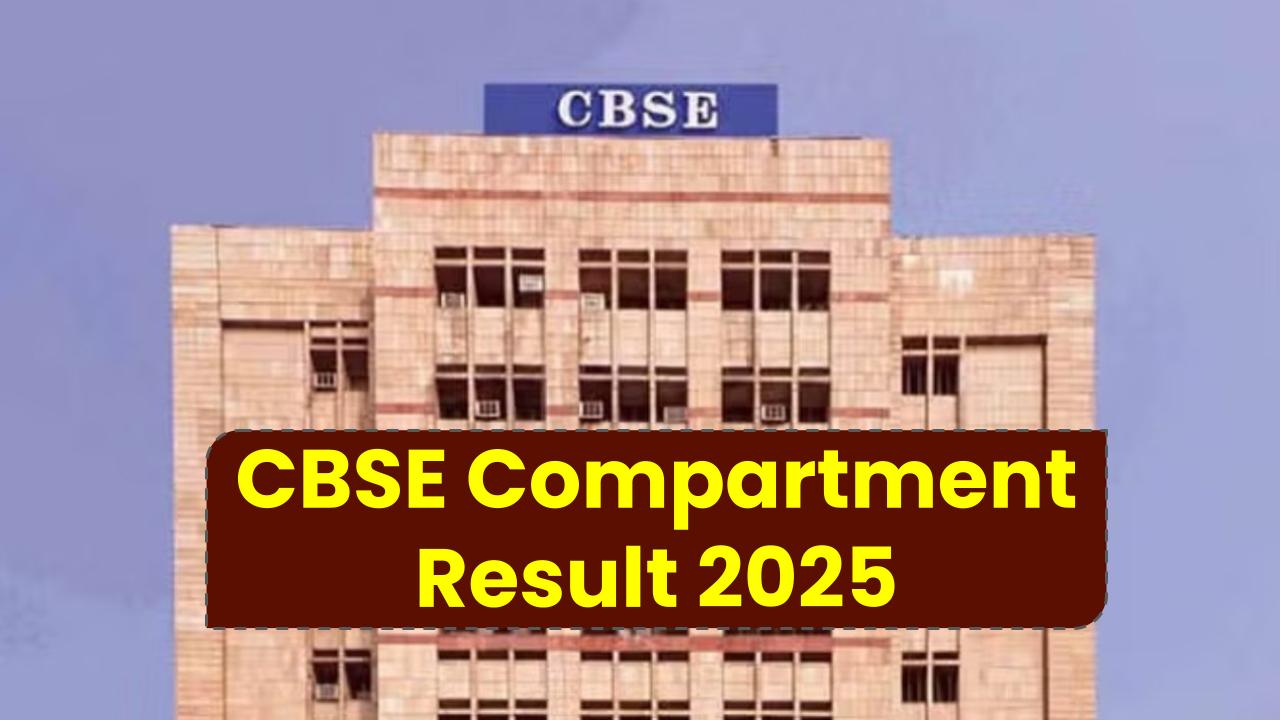If you’re thinking about withdrawing your Provident Fund (PF) balance early, it’s crucial to know that the Employees’ Provident Fund Organisation (EPFO) is ramping up efforts to ensure that early PF withdrawals are legitimate. For years, many workers have been able to access their PF balances when switching jobs, dealing with medical emergencies, or even during periods of unemployment. But now, the EPFO is scrutinizing these withdrawals more closely, ensuring the process is above board. In this article, we’ll break down what can trigger a recovery notice and how you can ensure that your withdrawal goes smoothly.

EPFO Cracks Down on Early PF Withdrawals
| Topic | Details |
|---|---|
| What Triggers EPFO Recovery Notices? | Unemployment withdrawals, missing KYC, medical claims. |
| Important Documents | Resignation letters, medical certificates, KYC details. |
| Tax Implications | Early withdrawals can be taxable if conditions aren’t met. |
| Where to Track Your EPF? | epfindia.gov.in |
| Avoiding Withdrawal Problems | Always update your details, maintain proper documentation. |
The crackdown on early PF withdrawals is an important reminder for workers to follow the rules and keep their documentation and records in order. By understanding the conditions and taking proactive steps, you can avoid unnecessary complications and ensure a smooth withdrawal process. Remember to track your contributions, maintain proper KYC details, and always keep a copy of essential documents like resignation letters or medical certificates. By doing so, you protect yourself from unwanted recovery notices and penalties.
Understanding EPFO Withdrawals
The Employees’ Provident Fund (EPF) is one of India’s most popular retirement savings schemes, providing financial security for salaried individuals once they retire or after leaving a job. Every month, a certain percentage of an employee’s salary is contributed to their PF account, and employers also make a matching contribution. This fund is meant to serve as a long-term retirement savings plan. However, there are situations where employees can withdraw a portion (or even all) of their PF balance before reaching retirement age, such as during medical emergencies, buying a house, or switching jobs.
But EPFO is becoming more vigilant about ensuring that these early withdrawals are valid and comply with the rules. If there’s a discrepancy or improper withdrawal, the EPFO may issue a recovery notice, which can be a significant hassle to deal with.
Why Is EPFO Cracking Down on Early Withdrawals?
In the past, many people took advantage of the system by withdrawing funds early without necessarily meeting all the conditions required. Some withdrew funds without submitting the right paperwork, others didn’t adhere to the service duration rules, or they made withdrawals under false pretenses. EPFO cracking down on these withdrawals aims to protect the system, ensure compliance, and prevent misuse of the funds.
The crackdown is not about preventing legitimate withdrawals, but about making sure people are following the right processes. There are certain instances where EPFO will not hesitate to issue a recovery notice if they believe a withdrawal does not meet the criteria.
Common Triggers for EPFO Recovery Notices
- Withdrawals Due to Unemployment Without Proper Documentation
- If you leave a job and want to withdraw your PF balance, you need to provide proof of your unemployment. This could include a resignation letter, a termination notice, or an official document from your employer stating that you are no longer employed. Failure to submit valid proof can lead to rejection of your withdrawal request and potentially trigger a recovery notice.
- Practical Tip: Keep a copy of your resignation letter or termination notice safe. It’s better to have these documents ready before initiating the withdrawal.
- Medical Emergency Withdrawals Without Valid Proof
- You can withdraw from your PF in case of a medical emergency, but you need to submit a medical certificate from a registered doctor outlining the severity of the illness and the treatment required. If you fail to provide this documentation, EPFO might question the validity of the request and issue a recovery notice.
- Practical Tip: If you’re going to withdraw funds for medical reasons, make sure you get the medical certificate as soon as possible and ensure that it’s from a certified healthcare provider.
- Missing or Incomplete KYC Details
- The Know Your Customer (KYC) process is crucial for any PF withdrawal. If your details are not properly updated, such as an incorrect bank account number or mismatched name between your PF account and bank records, your withdrawal could be delayed or rejected.
- Practical Tip: Regularly verify and update your KYC details, including your Aadhaar, PAN, and bank account information.
- Inaccurate Employer Contributions
- If your employer hasn’t been making timely or accurate contributions to your PF account, it could cause discrepancies that affect your withdrawal. These discrepancies can be discovered during the withdrawal process, leading to delays or recovery notices.
- Practical Tip: Regularly check your EPF passbook to ensure that the contributions are being deposited on time. If you find any discrepancies, report them to your employer or EPFO immediately.
- Premature Withdrawals Without Meeting the Service Period Criteria
- If you’ve not completed the minimum 5 years of continuous service, your withdrawal may be subject to taxes. In addition, EPFO could flag it for review.
- Practical Tip: If you haven’t completed 5 years of service, try to transfer your EPF balance to your new employer instead of withdrawing it. This will help you avoid penalties and tax deductions.
How to Ensure a Smooth EPF Withdrawal Process
If you want to make sure your PF withdrawal goes smoothly, here are some actionable steps you can take:
Step 1: Keep Your Documentation in Order
Whether it’s proof of unemployment, a medical certificate, or your resignation letter, make sure you have the necessary documents ready. Without proper documentation, EPFO may reject your withdrawal request or issue a recovery notice.
Step 2: Ensure Your KYC Details Are Updated
Check that your Aadhaar, PAN, and bank account details are correctly linked to your EPF account. You can verify your details through the official EPFO portal. If anything is incorrect or outdated, update it immediately.
Step 3: Regularly Check Your EPF Contributions
It’s important to ensure that your employer is making timely and accurate contributions to your PF account. You can track your contributions via the EPFO portal or the Universal Account Number (UAN) portal.
Step 4: Be Aware of the Tax Implications
If you withdraw your PF balance before completing 5 years of service, tax deductions could apply. Tax Deducted at Source (TDS) will be levied on the amount withdrawn if this condition is not met. You’ll also face a penalty for early withdrawal.
Step 5: Transfer Your PF When Changing Jobs
Instead of withdrawing your PF balance when changing jobs, consider transferring it to your new employer. This helps avoid potential tax implications and keeps your retirement savings intact.
FAQs
1. Can I withdraw my EPF balance during job change?
Yes, you can withdraw your EPF balance if you leave your job. However, you must provide the correct documentation, including proof of unemployment.
2. Is there any tax on early EPF withdrawal?
Yes, if you withdraw your EPF balance before 5 years of service, you will be taxed. TDS will be levied on the amount withdrawn.
3. How can I track my EPF balance?
You can track your EPF balance through the EPFO portal or the UAN portal.
4. What if my employer has not contributed to my PF?
If your employer has not contributed to your PF, it can delay or prevent your withdrawal. Check your EPF passbook regularly and report discrepancies to your employer or EPFO.








